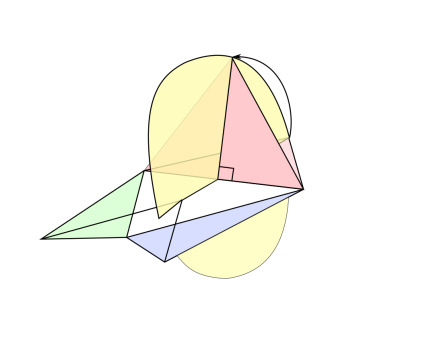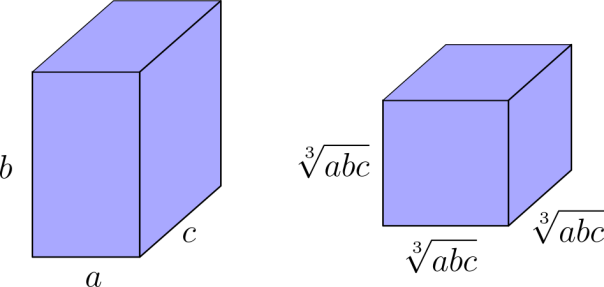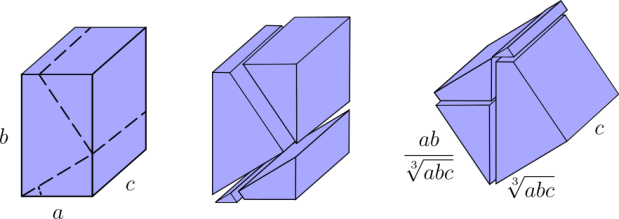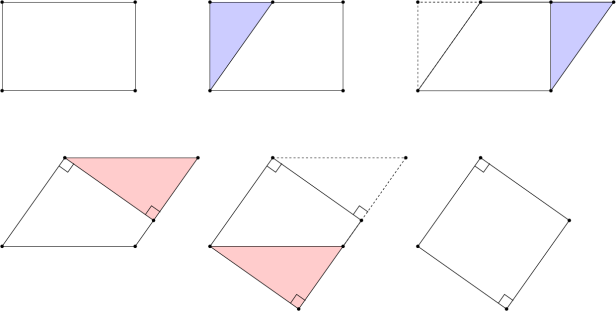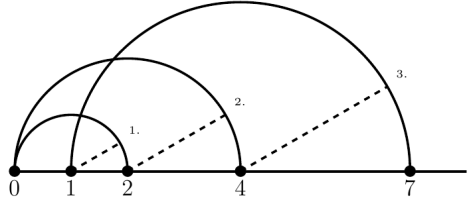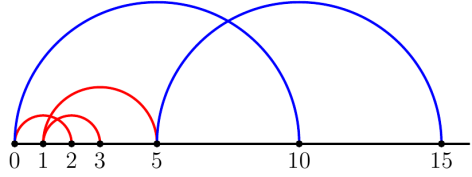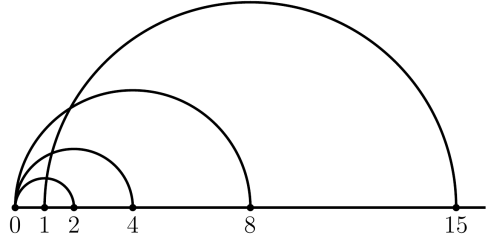So I’ve recently been teaching the Math2c course at a swedish upper secodnary school and had some reasons to be thinking about quadratics because that’s like one third of the content of the course. Or well teaching is actually a bit charitable this time as the students at this particular school are among the most consistently diligent at self-study in the country that peppering them with instruction they’ve already read actually slows them down, but the role of instruction and individual work in learning mathematics at different levels is a discussion for another time.
So the model of teaching quadratics in most of the books I’ve seen typically runs something like this.
- You start out some preliminaries about factoring techniques like the patterns
and
- You learn to solve the simplest quadratic
by essentially explaining the pattern
- You state the zero-product property (ZPP), that
implies a = 0 or b = 0, and solve some quadratics that have already been factored like
.
- You learn the factoring method for solving quadratics without a constant term
by factoring
and then applying the ZPP.
- You (might) learn how to complete the square
- You quickly use the method of completing the square to run though the proof of the pq-formula
. (This does not use the ZPP nor the conjugate rule)
- You spend a couple of hours drilling the aforementioned methods possibly.
Now functionally this route of progression definitely works for conveying how to solve these kinds of equations, but there are still some things I don’t quite like about it. First of all the methods reduce to three separate cases which superficially seem to have nothing to do with eachother
So whenever one solves a problem like this you first have to use identification of type, which is actually a lot harder to do than people who can already do it think it is. Also pedagogically the arrow of progression isn’t clear. Step 1 as presented has nothing to do with 2. The knowledge of step 3 is not used beyond step 4, and if the only use of completing the square initially is to prove the pq-formula the student will forget about this super important pattern and will have to relearn it at uni if ever.
I’ve thus been thinking if the scheme for learning how to work with quadratics might instead be replaced with:
- Preliminaries on factoring, difference of squares, square of sum, distributive property.
- Zero product rule and applying it to factored equations
(This should be complemented by graphing)
- Solving
by factoring with the difference of squares and applying the zero product rule.
and
and sneaking in problems the type
- Solving
by factoring with the distributive property
- Learning to complete the square
- Solving general quadratics by completing the square and then factoring with the conjugare rule
- Derive the pq-formula from the factoring. (Now this is admitedly a lot messier than the normal way with
)
Now there are many downsides to this scheme, for example step 3 being harder than the normal way on account of the normal way of applying operations to both sides is more analogous to solving linear equatons ,which is why it’s probably not used but it would be interesting to try it (or hear about if these is a book or school system) which approaches it this way. The final step 6, the method of factoring a general quadratic directly with the difference of squares is a technique which I find would be a useful addition to the scheme as I think it neatly exposes the connection between the three different forms in which you can write a quadratic expression in an algorithmic way instead of in a more formally logical way (invoking the general factor theorem).
Finally I’d just also like to summarize the method outlined in step 2 as a full algorithm because it more or less superceedes all of those messy “6-different ways, factoring by grouping methods” which I get when I google factoring.
Full algorithm for factoring a quadratic expression over the reals
- Rearrange all the terms so that you have expression = zero
- Complete the square of the expression (ignore if there is no linear term)
- Rewrite the constant term as a square (possibly by)
- Apply the conjugate rule to the difference of two squares




